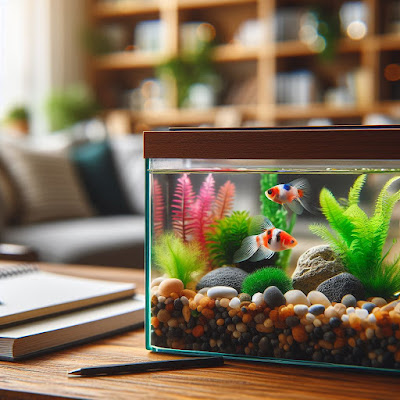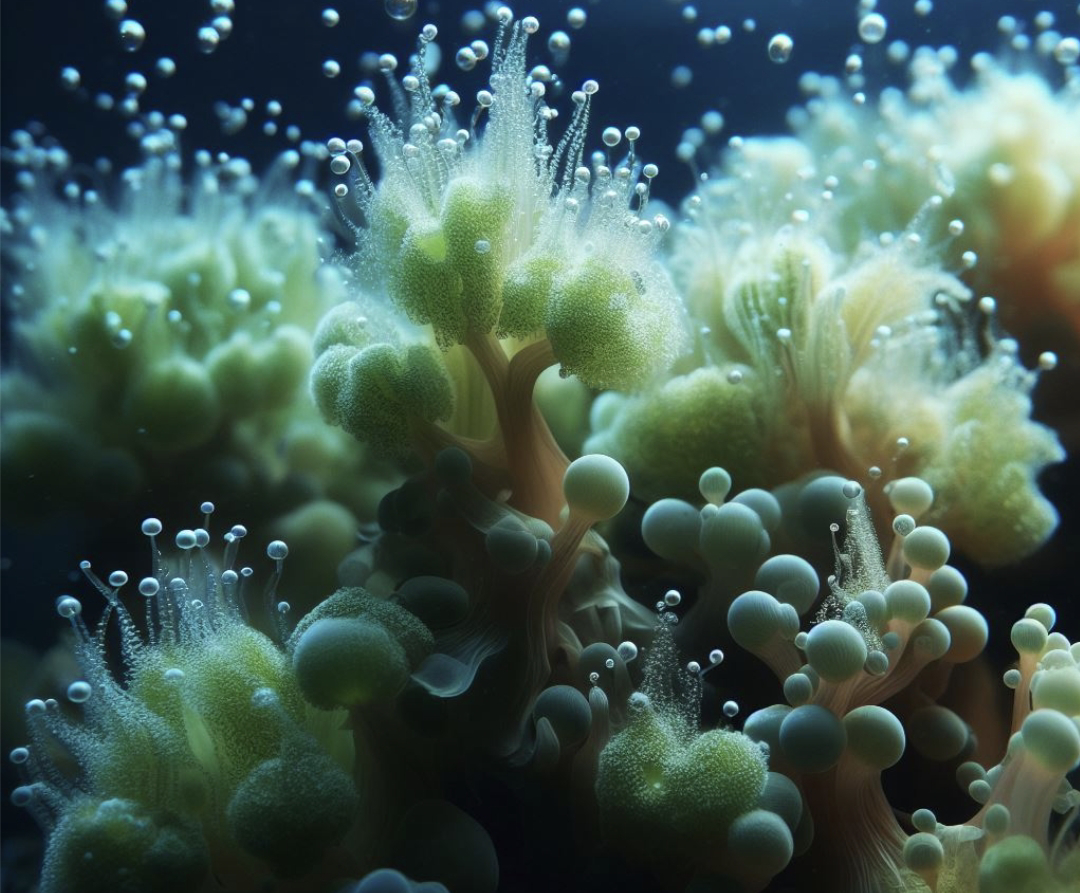Tips for Faster and Better Aquarium Cycling
It can take years of practice in the aquarium hobby to truly know what is going on with every fish tank. We can guess and figure out reasons and causes for odd spikes, blooms, and growths but a lot is going on in that little ecosystem of yours. A variety of outside factors can make it extremely difficult to predict what is happening inside a fish tank
Cycling is one such process that we may have done a hundred times but still manage to mess up when something out of the ordinary occurs. We’ve put together some tips to help the cycle go faster, better, or that are hopefully useful in troubleshooting!
Oxygenation
Bacteria grow in two ways, with and without the need for oxygen. The entire point of cycling an aquarium is to grow as much good bacteria as you can, therefore it helps to ensure both forms have their place in your tank.
Adding air stones helps significantly in getting more oxygen into your water, and the more the merrier! For the bacteria requiring less oxygen though, tiny air bubbles aren’t going to help.
What we like to recommend is to add layered sponges and filter media. By layering sponges the top levels will have more access to the oxygenation that aerobic bacteria need, and the bottom layer of anaerobic bacteria will have a happily dark and oxygen-deprived environment to thrive in.
Beneficial Bacteria
While stores do sell this in cute little plastic bottles, we tend to hear mixed reviews on whether bottled bacteria is as helpful as it is made to sound. Our best suggestion, when applicable, is to take filter media from an already established tank.
Now, don’t just go grabbing used media from anywhere! Filters can harbor all sorts of harmful growths if you get them from the wrong place. For this reason, we recommend using this method if you have tanks already established in your home because you already know if the tanks are healthy or not. If so, the growing bacteria will put a quick boost on your new system! If you do end up in a bind and decide to take a filter from some random friend's tank be sure you do it in a fishless cycle and watch for any signs of life that shouldn’t be there.
Rinsing Media
Rinsing off your filter sponges is critical to help prevent too much build-up of solid, large wastes that deposit themselves on the top layer. We recommend you rinse these filters along with each water change.
Beginners may not always realize that where you rinse your media makes a huge difference in the process. After you’ve worked so hard to grow that beautiful coat of slime, running under tap water with chlorination will most likely bring your efforts to a screeching halt. Unfortunately, when this happens, you will have to start all over from square one. If you’ve ever cycled a tank, had everything going nicely, did a water change and filter cleaning, but found floating fish the next morning then this is most likely the cause. Check your water levels, and if there is an ammonia spike immediately after a cleaning, take care with that tap!
How to Rinse Media:
Always rinse your established aquarium media and accessories in excess tank water (instead of tap water) during your water changes. Once you’ve removed water from the aquarium and placed it in a bucket, rinse everything there so you're not simply adding the excess waste right back into your tank. The water will look dirty but is far more beneficial than killing your bacterial growths.
Tap Water Testing
Do you know where your county-regulated water levels are at?
It is always best to have your water tested before doing anything with your aquarium. Just because the government deems something safe for humans to drink doesn’t mean that your fish's sensitive gills will stand up to the task. Bacteria growths are even more finicky, and chlorine is introduced into our water systems specifically to kill them. No matter where you live, you more than likely have at least a small amount of chlorine in your water system. From killing bacteria to harming fish, it is important to know how much chlorine is present in your tap and how much de-chlorinator you'll need.
NOTE: Always ensure that you use an accurate test kit as well. While we like the strips, a good sampling kit is critical to know what exactly you are dealing with. Always ask your local fish store what they are testing with before simply trusting when they tell you that levels are normal.
The other issue with tap water is ammonia. Not everywhere, but some places, allow a small amount of ammonia to be present in the local water source. While the levels aren’t high enough to hurt an aquarium, doing a water change to reduce ammonia will not work if you have trace amounts already present. Check your levels first to get rid of any ammonia before changing the water with it. If you’ve ever completed a cycle and went to decrease the ammonia but instead got a spike, this is likely the cause.
Limited Water Changes
If you are doing a fishless cycle, which we generally recommend, most people want to perform regular water changes. While water changes are good, they can also be problematic because they take out bacteria growth, and will cause something of a repeat in an already completed process. When it happens, your aquarium levels will continue at a standstill, which is not what you want.
Other issues that arise during water changes are when you don’t know the exact levels coming from your tap water. You can test beforehand and use de-chlorinators and primers, but the small amount of ammonia or nitrates that may be present can mess with your readings.
When cycling with fish though, this is a whole different story. Fish will die if levels get toxic (which they will in cycling) so you’ll need to find a good balance between cycling and water changing when this is the case.
As mentioned, we usually do not recommend a cycle with fish, but it does happen! Monitor levels daily along with your PH to make sure everything is going smoothly and realize that each water change could cause a spike or drop and monitor accordingly.
PH Levels
Not too often is it mentioned in cycling, but changes in PH levels can cause problems in your cycling process. PH and nitrates don’t tend to get along, but the whole point of your cycling is to build nitrates.
Nitrates, being acidic, will change your water buffer and cause the PH to lower. With no fish, this may seem like a minimal issue, however, bacteria don’t like lower PH levels and may grow slower or even stop multiplying altogether. Monitor your PH levels as your nitrates begin to go up. If the levels do appear to be dropping, do a partial water change to get rid of some of the excess nitrates. Water changes aren't necessarily ideal if your tank has not yet completed its cycle, but you may have to do them to complete the process.
Temperature
Lastly, we’re growing bacteria and want to create their ideal habitat. We’ve mentioned that they like oxygen-rich or poor environments, the next favorite if there is a warmer temperature. Even without fish in the tank, we do recommend boosting the temperature a little higher than normal, around approximately 84 degrees, to keep those bacteria multiplying as quickly as possible! If you don't want to plug in a heater, that is fine. Just know that your cycle may be on the longer end of the spectrum.









.png)
